College Acceptance Wall: Moved to the Guidance Office
DHS loves to honor student achievement. Last year, athletes were celebrated at spring and winter pep rallies in addition to the traditional one in October. Before the football team competed in the 2015 state championship, they were praised at their own rally. Winners of the 2016 Scholastic Arts and Writing Awards were recognized at a School Committee meeting. When the marching band won first place at the national level in 2016, their trophy loomed over all who entered the lobby.
DHS does not just limit honoring student accomplishments to what has been done in school, but also commends students for their next steps after graduation.
During second semester of each year, the bulletin boards near the Media Center are shrouded with stories of student success. College acceptance letters are stapled to the boards, each covered by a strip of colorful construction paper adorned with the student’s name and the school their letter is from. The display was an eye-catching way to award student achievement and inform underclassmen about various universities.
This year, it was the subject of much debate.
The practice was rumored to be entirely discontinued. However, according to DHS Principal John Gould, it is only being modified. Instead of being exhibited in its traditional spot adjacent to the Media Center, the board will be re-located to the guidance office.
Because the guidance office has less space, each student will only be able to display one letter. Not only will the board be recognizing student acceptance to college, but it will also acknowledge all graduation plans, including military certificates, according to Dr. Gould.
Dean Christopher Boyle feels that this is a positive change. Regarding the previous set-up of the college acceptance board, he said, “I love that we have a very inclusive school. But the board is one place that doesn’t represent how inclusive this school is.” Some DHS students do not attend college immediately after graduation. Administration wants to ensure that those students are recognized as well.
The movement of the board to the guidance office is an effort to maximize the number of students that view it. Dr. Gould said, “Many people walk by the board, but how many stop and read it? Displaying it in the career center gives it a context. While students are waiting to meet with a guidance counselor, they can see the legacy of the graduates.”
Some students do not agree with the new placement of the board, thinking that it will limit how many students view it. Senior Allison Silvia said, “We don’t hide the band trophies in the music room, and we don’t hide the football trophies in the locker room. They’re displayed in the front of the school where everyone can see them. I believe the academic achievements of our students should be displayed the same way.”
This is not the only opinion that differs with the recent administrative action regarding the college acceptance board. In actuality, the issue garnered much controversy.
According to Dr. Gould, the board originally was going to be replaced by a collective list of all the schools that accepted a DHS student, instead of posting the names of specific individuals.
Dean Michael Martin said the proposal was based on the ideas in Race to Nowhere, a film about student stress resulting from competition and over-scheduling. The movie partially attributes this plight to students’ intense drive to acquire academic credentials needed for acceptance by universities. Mr. Martin sees the college acceptance board as contributing to that stress. “Students are pushed to get their name up on that wall, but they’re miserable,” he said. “Students work so hard in high school that they become exhausted.”
Mr. Martin also expressed concern about the students for whom the board made them feel inferior. “As much as it is a celebration, it can be detrimental for other students,” he said. “Think about that student who walks by the wall and sees their friend that got into a school that they were rejected from.” Administration also wanted to ensure that the board did not cause students who were admitted to less prestigious schools to feel embarrassed.
Some believe that administration was being too sensitive. Parent Michelle Silvia said, “It was my understanding that [the board] was going to be eliminated as not to offend. We have become a society of ‘everyone gets a trophy.’ People should not be offended by another classmate’s success.” Plus, removing the names off the board would not shelter students from the knowledge of where their fellow classmates are going.
Senior Stacie Hartman believes that her fellow students are pleased for one another regardless of what school they are attending. “After talking to a lot of students about this, they have said that they would feel proud if their peer got into an elite university and wouldn’t feel inferior,” she said. “Generally, everyone is proud of where they will be attending next year and deserves the chance to display it.”
The set-up of the College Acceptance Board displayed all letters that students chose to submit, regardless of what university they were attending. With the suggested plan, the student would no longer be recognized by name and the focus shifts to the schools that accepted them.
For the past 15 years, English Teacher Catherine Madsen has had her own “Wall of Fame” display in her classroom, where her students can choose to exhibit their post-graduation plans, whether it be college or the military. She cannot remember a student who hasn’t chosen to participate. “The intention is to celebrate students’ success,” she said. “It is a very stressful time for students as they await their news. When they get in somewhere, they want to share and celebrate.”
After learning about the proposed changes to the school-wide board, Ms. Madsen was surprised. “I saw it as an opportunity for me to congratulate students that may not be in my class,” she said. “I’ve never had students complain about it, and I see students looking at it all the time. They like to know where their peers are going.” Not only did the board highlight the achievements of specific students, but it encouraged underclassmen.
If a school presented on the board piqued their curiosity, they could ask the featured accepted student for more information, according to senior Vyom Rathod. He had appreciated the board as an underclassman. “I feel like it’s a part of senior year, and as a freshman, I was looking forward to seeing my name on that board,” he said. “It shows how far everyone has come and, in a way, puts a finishing touch on high school.”
Not all were against the proposal. Senior Serena Turner believes that education has become too competitive and should be more personal. She said, “I don’t mind that the board won’t be returning, because I know where I’ve been accepted. I’m personally proud, and that’s enough for me.”
Because of the student concerns about the modifications, Mr. Martin and Associate Principal Rachel Chavier met with a committee of student representatives on January 18 to discuss how to proceed with the proposed alterations to the board. Many students expressed their desire for the board to continue to honor specific students. “The students were very passionate about what they felt, and it was interesting to hear their point of view,” said Mr. Martin. “They felt very strongly that the board was a celebration of students.”
The student input resulted in administration’s decision to maintain the current structure of the board but to relocate it to the guidance office. While this subject appears to be resolved for this year, it is likely that it will continue to be debated in the future.

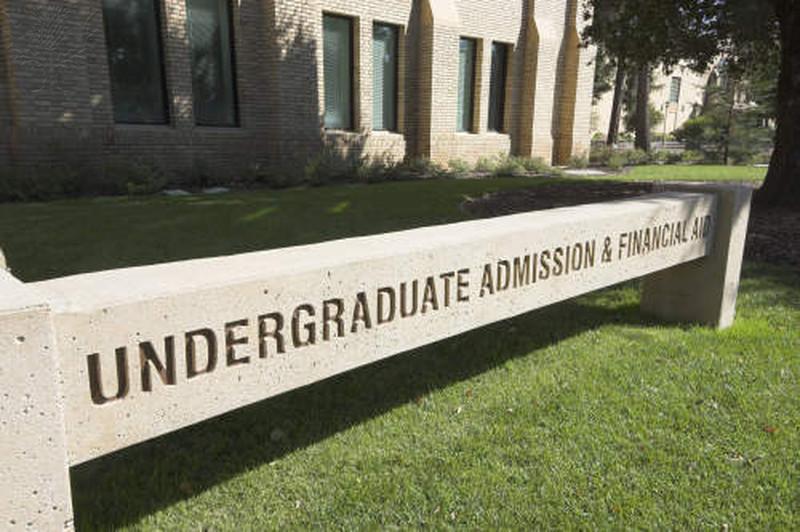

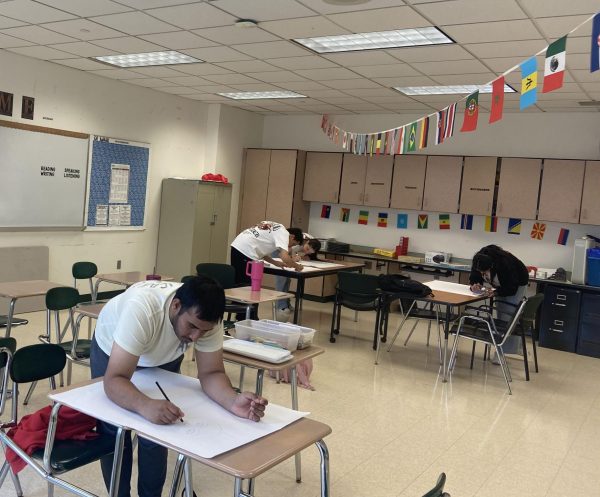
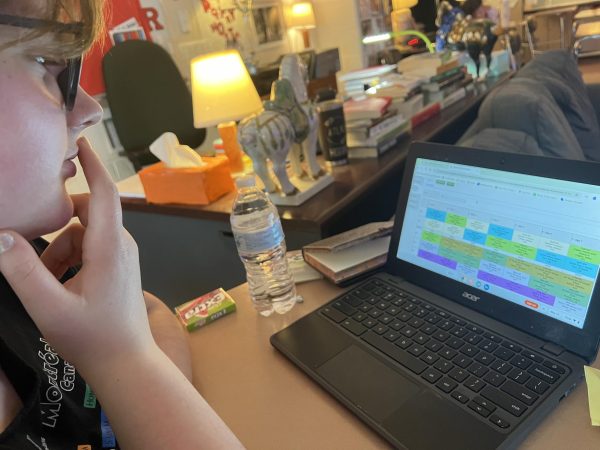


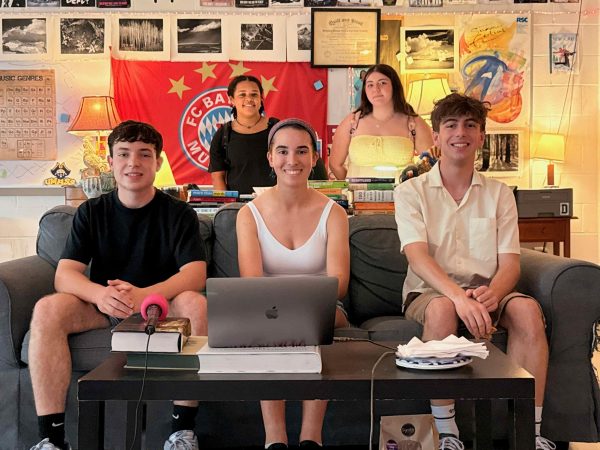
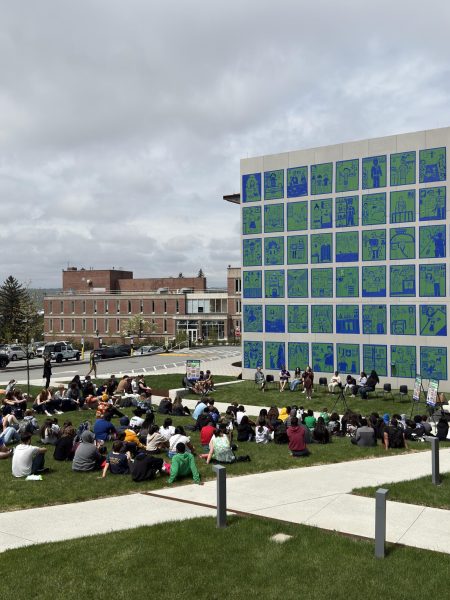


sam brodsky • Mar 8, 2017 at 9:28 am
great points made here.
students are clearly over – anxious these days. but why and how could we address it? will this movement of letters help? if we are worried that competition is created by the acceptance letters, what about the trophy cases next to them? might it come down to the fact that the academic competition comes from our friends in the school, while the trophies signify competition with other schools?